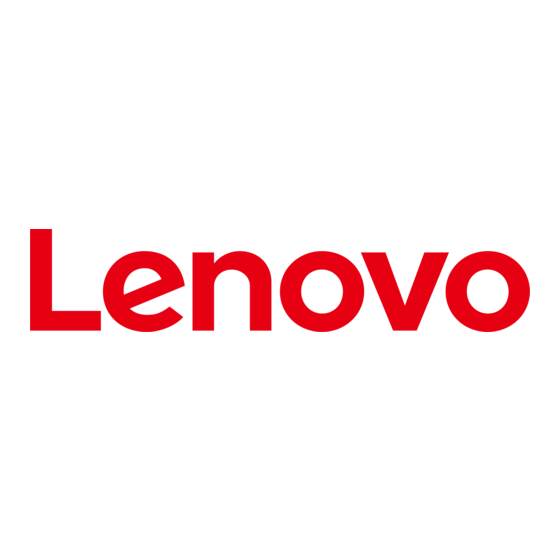Lenovo ThinkServer Manuel de l'utilisateur - Page 26
Parcourez en ligne ou téléchargez le pdf Manuel de l'utilisateur pour {nom_de_la_catégorie} Lenovo ThinkServer. Lenovo ThinkServer 46 pages. Machine type: 0387, 0388, 0389, 0390, 0391, 0392, 0393 and 0441
Également pour Lenovo ThinkServer : Spécifications (8 pages), Manuel (36 pages), Manuel de l'utilisateur (32 pages), Manuel d'information sur la sécurité (20 pages), (Espagnol) Informations sur la garantie et l'assistance (40 pages), (Informations sur la garantie et l'assistance (40 pages), (portugais) Informations sur la garantie et l'assistance (40 pages), (portugais) Informations sur la garantie et l'assistance (38 pages), (italien) Informations sur la garantie et l'assistance (38 pages), (Informations sur la garantie et l'assistance (42 pages), (Néerlandais) Informations sur la garantie et l'assistance (42 pages), (norvégien) Informations sur la garantie et l'assistance (36 pages), Informations sur la garantie et l'assistance (danoises) (36 pages), (russe) Informations sur la garantie et l'assistance (42 pages), (japonais) Informations sur la garantie et l'assistance (36 pages), (grec) Informations sur la garantie et l'assistance (42 pages), Informations sur la garantie et l'assistance (polonais) (42 pages), Informations sur la garantie et l'assistance (tchèque) (38 pages), Informations sur la garantie et l'assistance (en turc) (36 pages), (Slovène) Informations sur la garantie et l'assistance (36 pages), Informations sur la garantie et l'assistance (hongroise) (42 pages), (arabe) Manuel (34 pages), (slovaque) Informations sur la garantie et l'assistance (38 pages), Informations sur la garantie et l'assistance (34 pages), Manuel (30 pages), Informations sur la garantie et l'assistance (42 pages), Informations sur la garantie et l'assistance (38 pages), Informations sur la garantie et l'assistance (38 pages)

